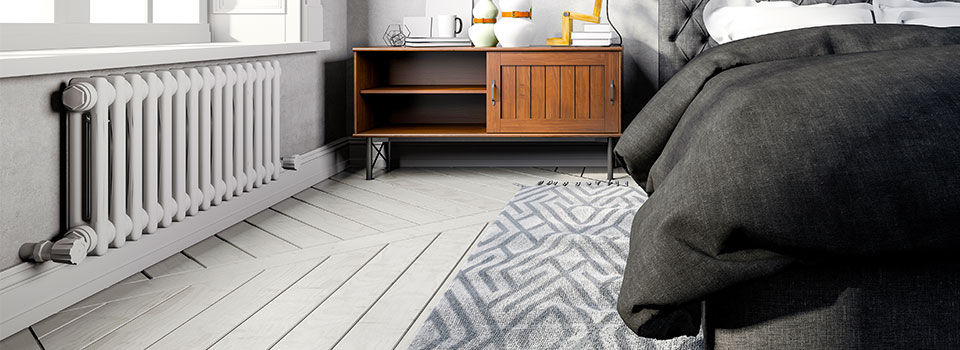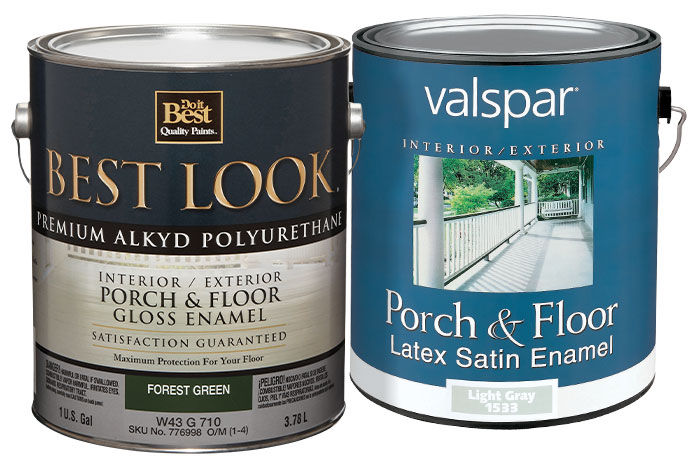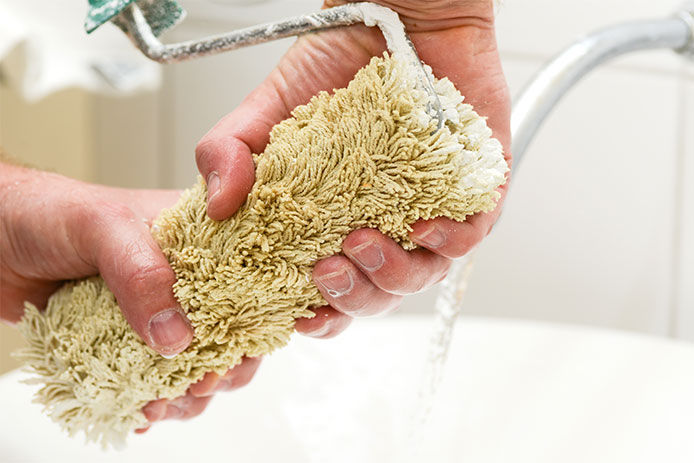Is your floor suitable to be painted?
What kind of floor are you painting? Hardwood floors can be painted if they are prepped correctly, while it is not recommended to paint laminate floors. Interior concrete floors will also accept paint, either oil-based or latex floor paint. Areas that collect a lot of water also shouldn't be painted, as the moisture will cause the paint to peel.




